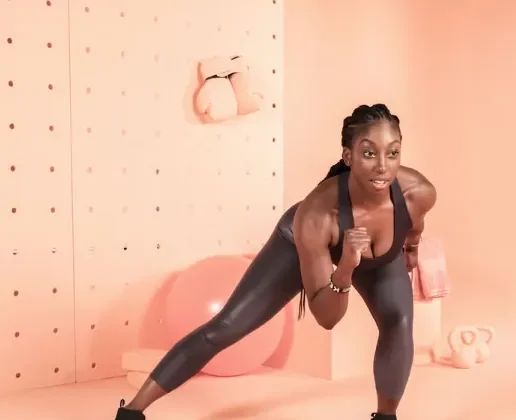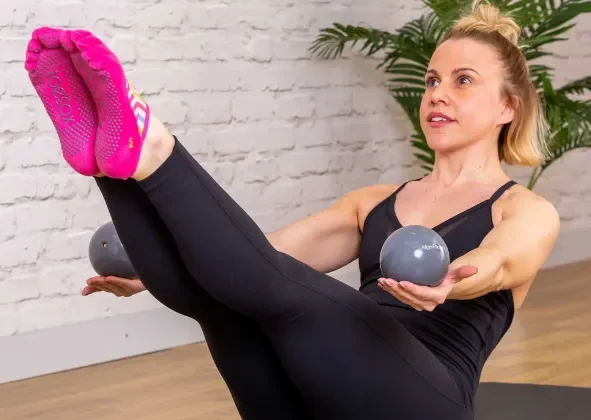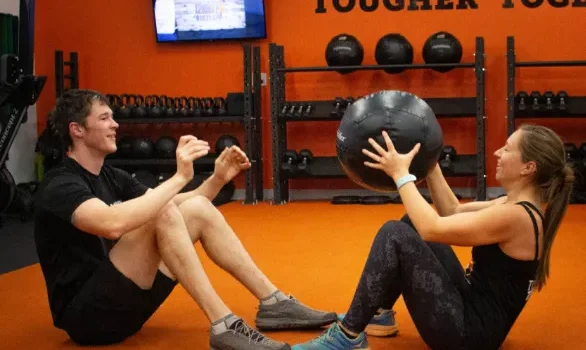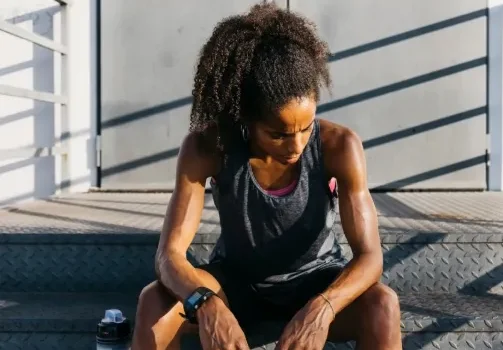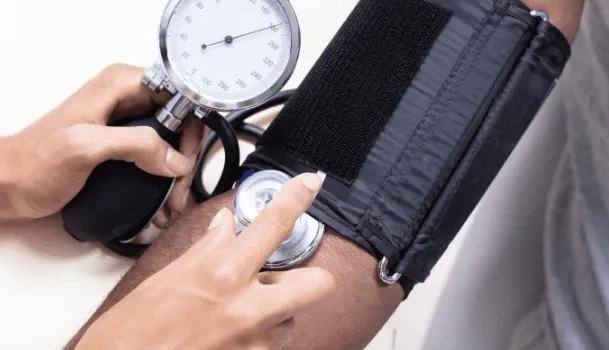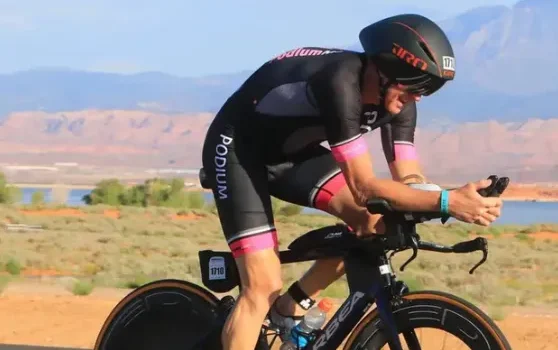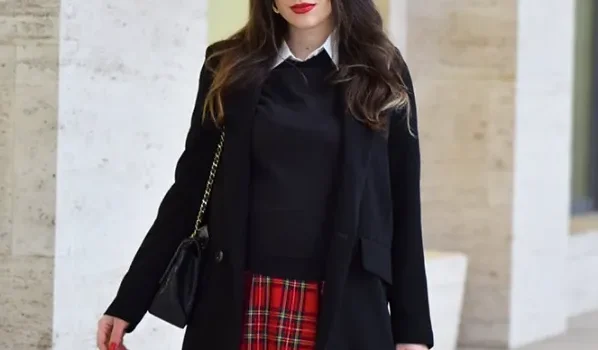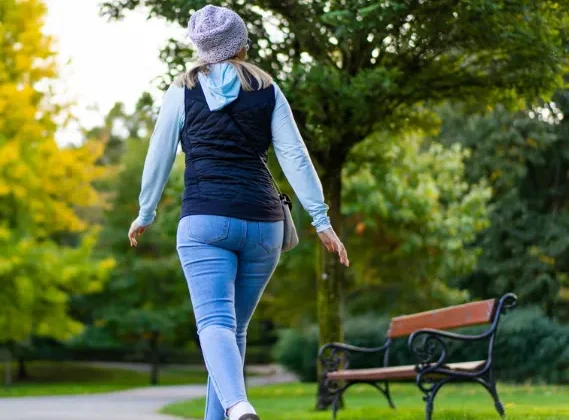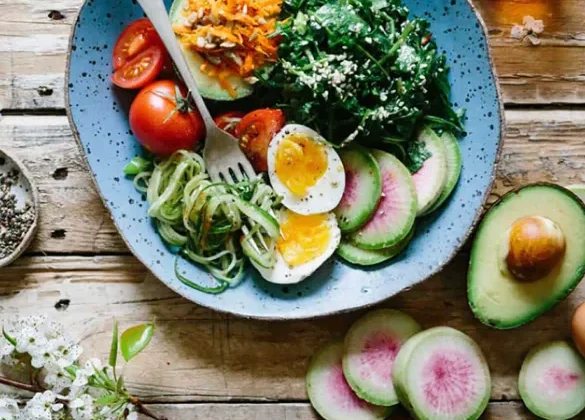
Looking for a fun and effective way to workout with a partner? This full-body circuit training workout is designed to keep you engaged and motivated. Whether you’re working out with a friend, partner, or doing it solo, this workout will get your heart pumping and muscles working. Plus, it’s versatile, making it perfect for home or outdoor training sessions.
In this blog, you’ll find a detailed warm-up and modifications for working out alone. Let’s dive in!
Warm-Up
Start with a good warm-up to prepare your body and prevent injury. Here’s a quick routine to get your muscles ready for the workout ahead:
- Windmills
Stand with your feet wider than shoulder-width apart and extend your arms out to the sides. Twist at your core and reach your right arm toward your left foot, then return to the starting position. Repeat on the opposite side. Aim for 10 reps on each side. - Jumping Jacks
Jump or lift one leg at a time for a low-impact option. Make sure to fully extend your arms overhead. Complete 20-30 reps. - Side Lunge with Twist
Stand with your feet wide apart, keeping your toes aligned with your knees. Shift your weight to the left leg as you bend your knee into a deep lunge. Place your right arm on the ground and twist your left arm to the sky for a nice core stretch. Switch sides and repeat. Do 10 reps total. - Prisoner Squats
Stand with your feet slightly wider than shoulder-width and place your hands behind your head. Squat down as deep as you can without leaning forward too much. Perform 15 reps. - Push-ups
Whether on your toes or knees, the focus is to warm up the chest and arms. Do 5-10 reps.
Dynamic Circuit Workout
Now that you’re warmed up, it’s time for the circuit! This routine targets the entire body, and you’ll get to work on your strength, endurance, and coordination.
- Reverse Lunge with Medicine Ball Toss
For partners: Toss the medicine ball back and forth as you perform the reverse lunges.
Solo version: Instead of tossing the ball, throw it against a wall or press it up into the air. - Russian Twist with Ball Pass
For partners: Sit facing each other and pass the ball to each other while performing the twist.
Solo version: Bounce the ball on the ground next to you, and as it bounces back, pick it up quickly. - Squat to Dumbbell Press
Hold a dumbbell in each hand and perform a squat. As you rise from the squat, press the dumbbells overhead. This targets your legs, core, and shoulders. - Burpees
A classic move that works your entire body. Start in a standing position, drop to a squat, jump your feet back into a plank, do a push-up, and then jump your feet forward and explode into a jump. Complete 10-15 reps. - Squat to Band Rear Fly
For partners: Perform the exercise together, using the same band.
Solo version: Wrap a resistance band around a sturdy pole or use a door anchor. Perform the rear fly by pulling the band outwards with control, focusing on squeezing your shoulder blades together. - Agility Ladder Drills
For partners: Run through the ladder together, performing the moves side-by-side.
Solo version: If you don’t have an agility ladder, use sidewalk chalk to draw your own, or simply imagine the ladder and jump or step through it. Start by jumping both feet in and out, then try stepping one foot at a time, alternating each step.
Modifications for Working Out Alone
If you’re doing this workout solo, don’t worry! Many of the exercises have simple adjustments to still get a great workout. Use a wall for tosses, a resistance band for pulls, or an imaginary ladder to get your agility drills done.
Conclusion
This full-body partner circuit workout is a great way to stay active, challenge yourself, and have fun. Whether you do it with a partner or on your own, these exercises will help improve your strength, coordination, and endurance. Remember, consistency is key, so keep pushing yourself, and enjoy the process!

